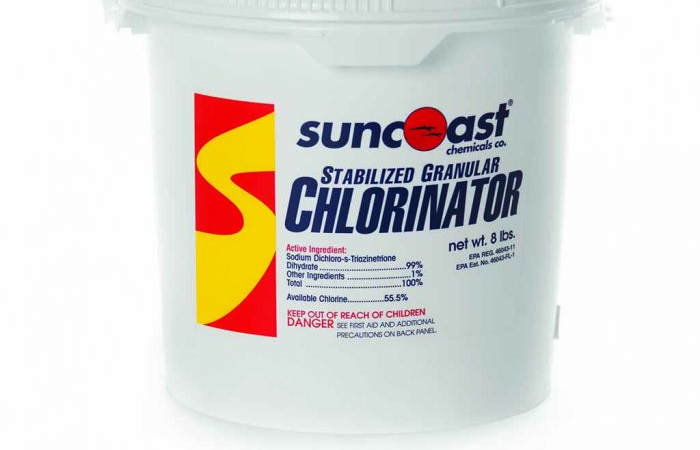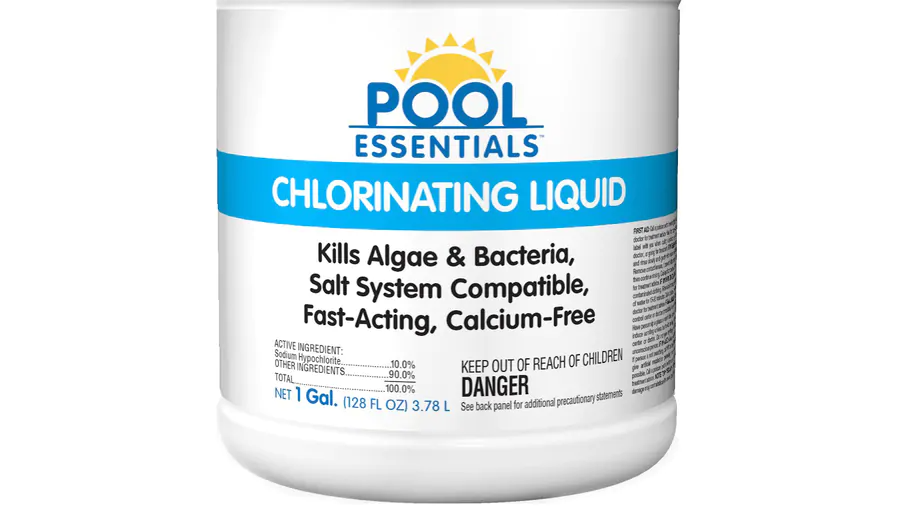Stabilized vs. Unstabilized Chlorine. What's the Difference?
With so many different types of chlorine out there, it's hard to make a decision on which one use. Should I use stabilized or unstabilzied chlorine? What are they? What do they mean? And how do I know when it's applicable to my pool and my situation? Does it matter which one I use? The short answer is - yes. The first step we're going to take is understanding the differences.
What Is Stabilized Chlorine?
Stabilized chlorine, as the name implies, contains CYA (cyanuric acid), or stabilizer. So what's that? Well, cyanuric acid helps the chlorine to be more effective for a longer period of time. If you maintain your CYA level at 30 - 50 ppm, you won’t need to add as much chlorine, or as often, as you would with unstabilized chlorine. Stabilized chlorine is great when:
- You need to get chlorine AND stabilizer in your pool.
- After a heavy rain.
- After a new fill.
Once the CYA gets too high, you will need to do a partial drain and refill to decrease the CYA level. It's solution by dilution.

What Is Unstabilized Chlorine?
Unstabilized chlorine is simply chlorine that doesn't have any stabilizer in it. Some types of unstabilized chlorine are liquid chlorine (sodium hypochlorite) and calcium hypochlorite. Unstabilized chlorine is:
- For weekly pool maintenance.
- Great for pool shock.
- For indoor and outdoor pools.
- Great when you need to get chlorine in your pool quickly.
You will want to test your chlorine level twice per week and dose your pool to maintain a chlorine level of 2 - 4 ppm. The test kit pool professionals use is the Taylor K-2006.

Should I Use Stabilized or Unstabilized Chlorine?
It really depends on your pool's needs in the moment. Stabilized and unstabilized chlorine are situational. For weekly pool maintenance, dosing your pool, or fighting a green pool, you will want to stick with unstabilized chlorine. You can choose either liquid chlorine or calcium hypochlorite, although I prefer liquid chlorine.
If you have a new pool fill, or maybe a heavy rain and your CYA has bottomed out and you want to get some chlorine and stabilizer in your pool, like, yesterday, then stabilized chlorine is the way to go.
Go Ahead and Make Your Choice
You can use either stabilized or unstabilized chlorine. It's your choice. Both work very well when applied correctly and according to your pool's situational needs in the moment. Both can help you save money and have a crystal clear pool all swimming season.
The big take-away is to not use stabilized chlorine for your sole source of chlorine, whether its stabilized granular chlorine or chlorine tablets. Your CYA will increase, and once it gets too high you will need to do a partial drain and refill. CYA is easy to add to your pool, but a little more difficult, and many times more expensive, to get it out.
